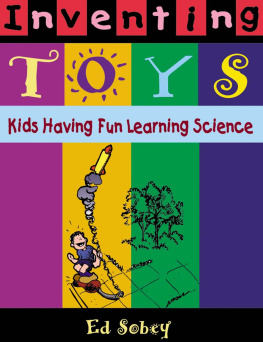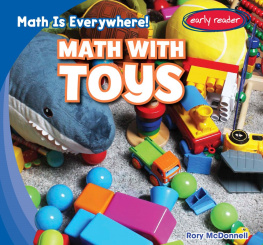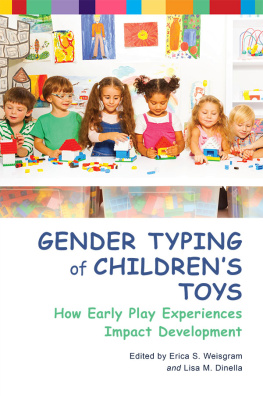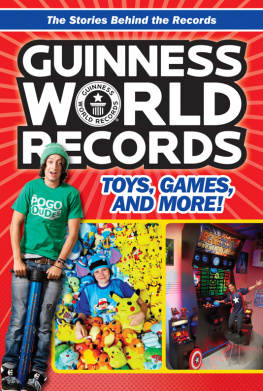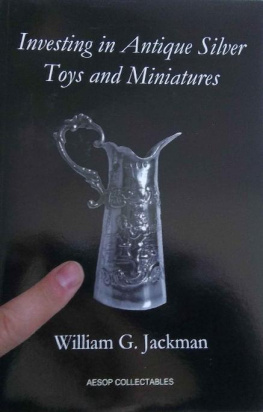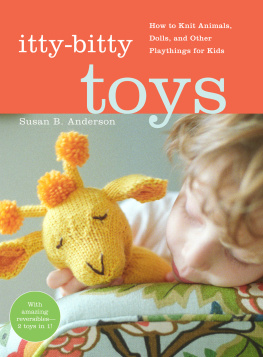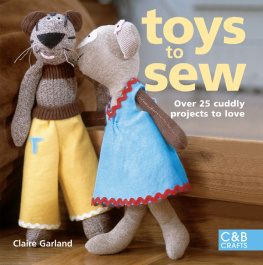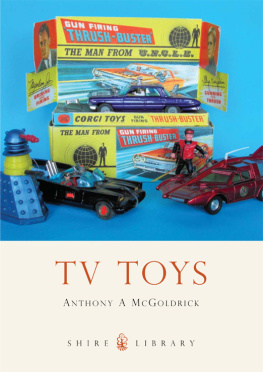Eric Clark - The real toy story: inside the ruthless battle for americas youngest consumers
Here you can read online Eric Clark - The real toy story: inside the ruthless battle for americas youngest consumers full text of the book (entire story) in english for free. Download pdf and epub, get meaning, cover and reviews about this ebook. year: 2014, publisher: Free Press;Simon & Schuster, genre: Home and family. Description of the work, (preface) as well as reviews are available. Best literature library LitArk.com created for fans of good reading and offers a wide selection of genres:
Romance novel
Science fiction
Adventure
Detective
Science
History
Home and family
Prose
Art
Politics
Computer
Non-fiction
Religion
Business
Children
Humor
Choose a favorite category and find really read worthwhile books. Enjoy immersion in the world of imagination, feel the emotions of the characters or learn something new for yourself, make an fascinating discovery.
- Book:The real toy story: inside the ruthless battle for americas youngest consumers
- Author:
- Publisher:Free Press;Simon & Schuster
- Genre:
- Year:2014
- Rating:4 / 5
- Favourites:Add to favourites
- Your mark:
The real toy story: inside the ruthless battle for americas youngest consumers: summary, description and annotation
We offer to read an annotation, description, summary or preface (depends on what the author of the book "The real toy story: inside the ruthless battle for americas youngest consumers" wrote himself). If you haven't found the necessary information about the book — write in the comments, we will try to find it.
Abstract: The American toy business is massive, world dominating, cutthroat, exciting, and increasingly willing to sacrifice our kids in its frantic rush for profit. And yet, for all its rapaciousness, the industry is in the business of delighting and fascinating our children. Toys are one of the most emotive subjects in the world. We all remember our own toys; we care desperately about those we choose for our kids, knowing these objects help shape childrens lives. They are also a constantly newsworthy item: every Christmas, which toys are hot -- and the scramble by parents to grab them before the stores are empty -- is front-page and TV bulletin news. The Real Toy Story tells the tales of these toys and of the vast, world-dominating $22 billion American industry that creates them. The rewards for success are enormous: a top toy can earn billions -- H. Ty Warner shot into Forbess Worlds Richest People list with his creation of Beanie Babies. The price of failure is just as huge -- the battlefield is littered with the corpses of once-successful toy companies whose multimillion-dollar gambles did not pay off. It is a world of contrasts. The Real Toy Story looks at both sides: at Slinky, Elmo, Barbie, Transformers, and their creators, but also at the dark side of an industry that leads the way in cold-blooded marketing targeted at children. Parents will want to learn about how this seemingly benign industry exploits, sometimes surreptitiously, the many new media: cable television, the internet, CD-ROMs, sometimes even invading the playgrounds to peddle their wares to unsuspecting young people. Perhaps more disturbingly, this hard-hitting book examines the vast gap between the cuddly image of toys and how almost all toys destined for America are actually produced in China under sweatshop conditions. Today the toy industry is in the midst of rapid change. Tapping into the concern millions of adults have about the toys they choose for the children in their lives, this riveting exposE is essential reading for everyone who cares about kids
Eric Clark: author's other books
Who wrote The real toy story: inside the ruthless battle for americas youngest consumers? Find out the surname, the name of the author of the book and a list of all author's works by series.



